Overnight Backpacking trips are always the highlights of my summer. Once the ski season ends I’m itching to throw that big clunky pack onto my back and explore BC’s beautiful backcountry once again.
The hiking itself, the views, and the seclusion are obviously highlights, but it’s the entire experience that makes backpacking so special. One of my absolute favourite parts about overnight hiking, which is often less talked about, is EATING. I’m no foodie and am honestly very happy eating my bland and healthy diet. However, overnight hiking is like a get out of jail free card. Hiking with a heavy pack expends a serious amount of energy so high calorie snacks are required to fuel hiking trips! Food never tastes better than when you setup camp at the end of a massive day on the trail.
In these moments nothing in the world is more delicious than a bag of jerky and some noodles, curry, rice, or whatever weird food creation I’ve decided to bring along with me. One dollar Sidekicks pastas at camp after a day of hiking are more satisfying to me than the most expensive gourmet dish in the world.
When you’re hiking, especially in the mountains, evenings tend to be quite cold. Although ‘Cold Soaking’ is a lightweight food preparation tactic among hikers, nothing beats a toasty hot meal! Cooking over fire is a great idea in theory but can’t be to relied upon especially in wet conditions or travelling in dry areas that ban fires all together.
Other than your water purification system, your Cooking System (ie. Stove) is your second most important hiking tool in your backpack. Like everything in the outdoors world there are a dizzying amount of choices when it comes to picking the right stove
In this post I’m going to break down the different types of backpacking stoves, detail the pros and cons and recommend a few of the best options you should bring along with you on the trail.
Let’s Get Cooking
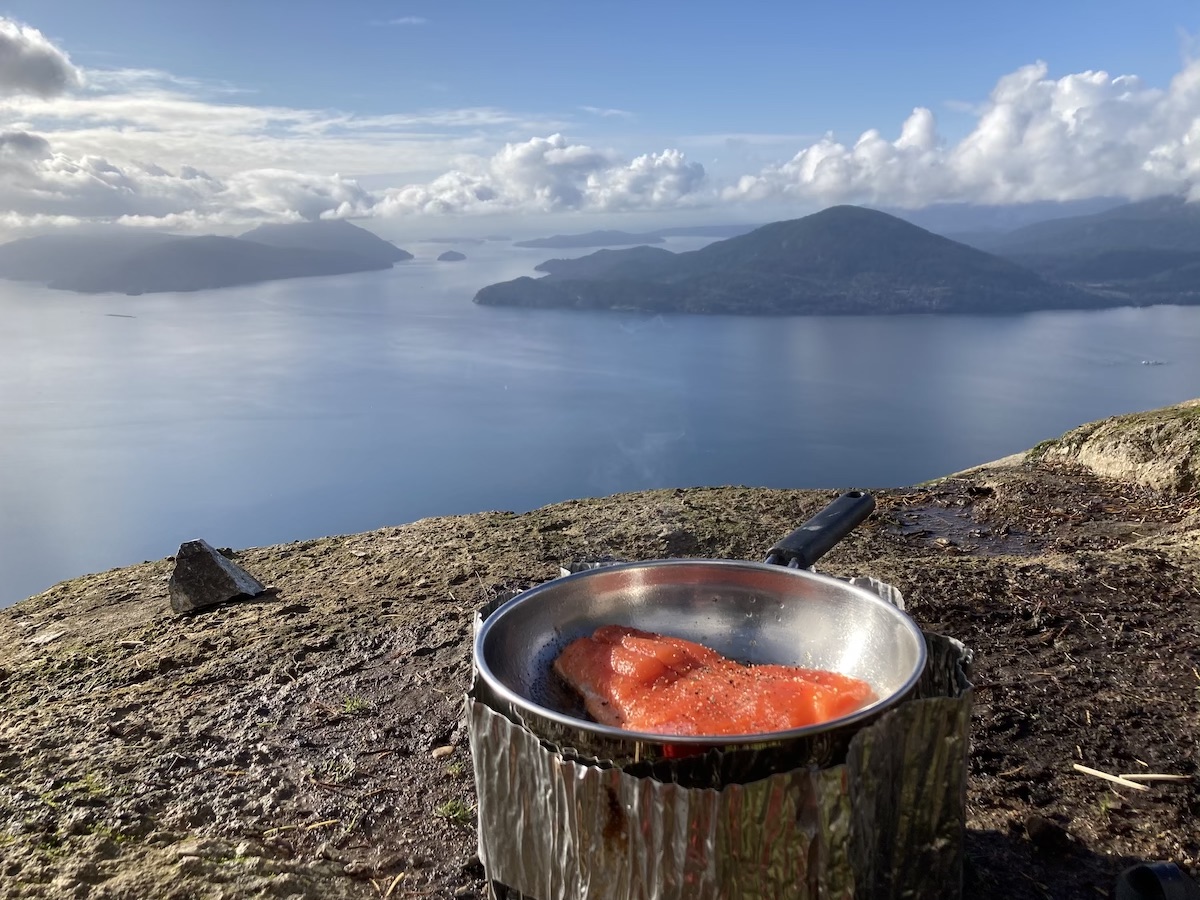
Table of Contents
Types Of Backpacking Stoves
Liquid
Liquid stoves are classic and have been around forever but are becoming less popular with the improvement in gas canister stoves. They require a fuel bottle and usually burn white gas. Liquid stoves like the MSR Dragonfly and Whisperlite have a large cooking platform which accommodates for larger cooking receptacles and allows for optimal heat control and distribution.
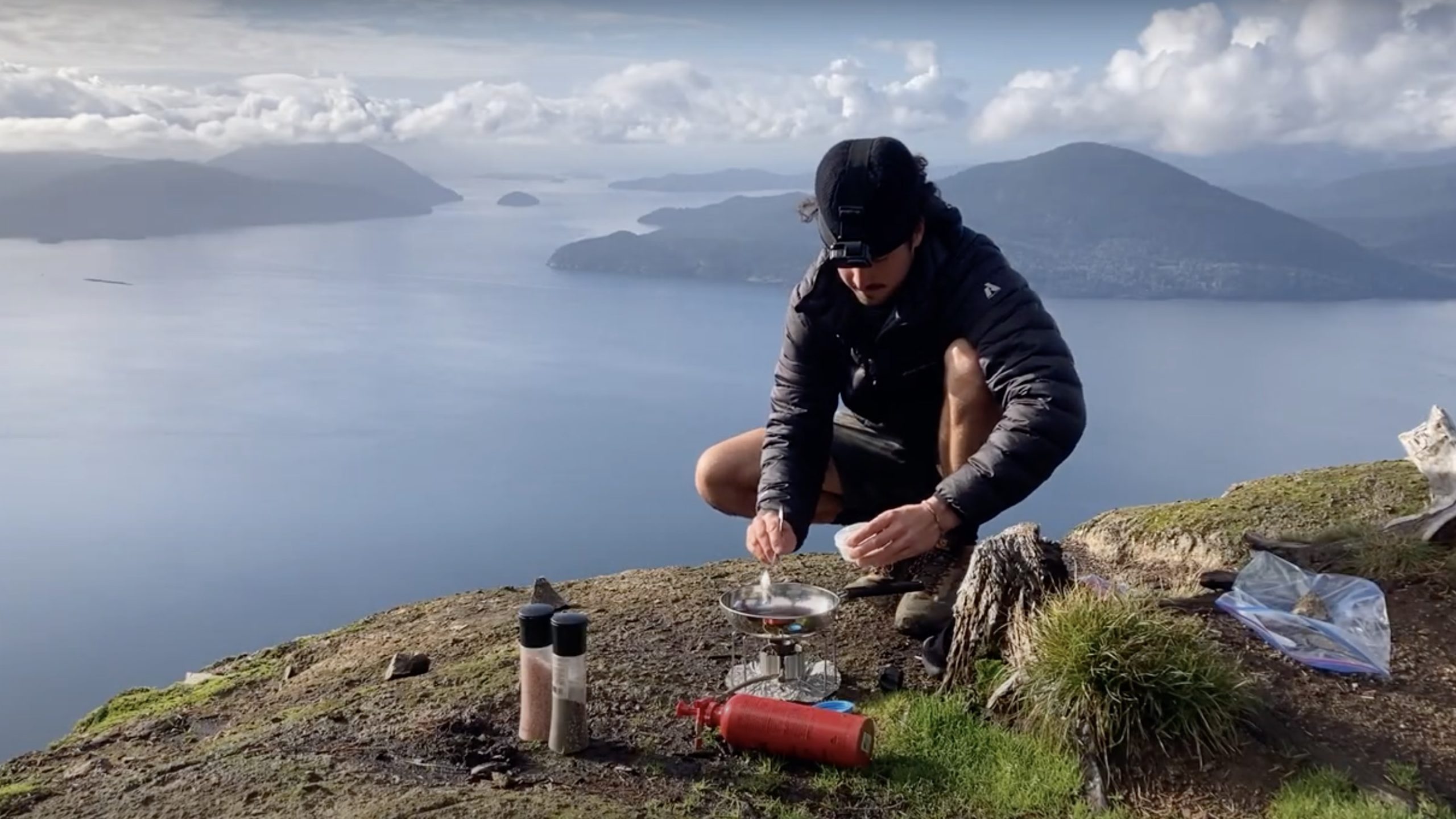
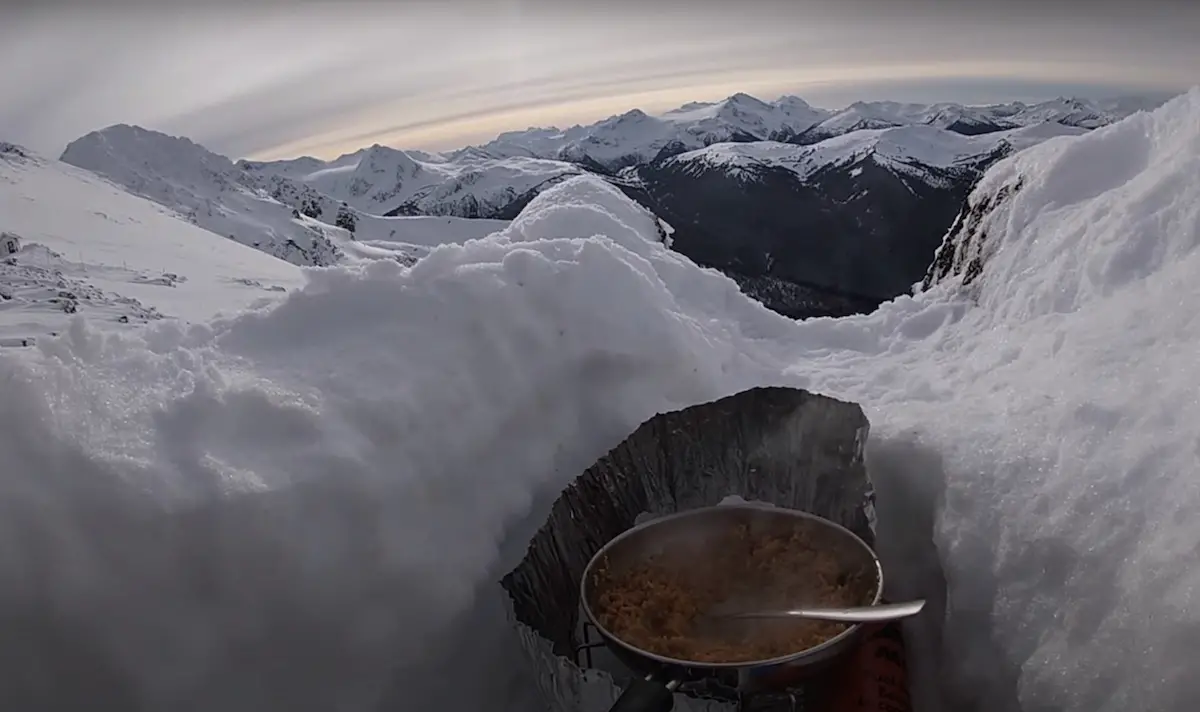
Pros
- Very reliable in cold weather and at high altitudes
- Allow for heat control and precision cooking so you can get those eggs and fish just right
- Can accommodate numerous fuel types which is a huge advantage for remote/international travel
- They are more sustainable and can be refilled
- It is easy to open the bottle an determine how much fuel you have left
- Large cooking platform to accommodate big pans or pots and promotes even distribution of heat
- You can buy larger and smaller fuel containers based on your trip plan
- The fuel will last longer and go further than gas canisters
Cons
- Starting the stove can be finicky, you need to pump/pressurize the fuel bottle and prime the stove (this is especially frustrating when your fingers are freezing or you are starving)
- Heavier than gas canister stoves
- Larger and take up more space in a backpack
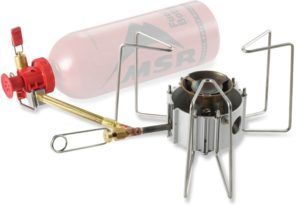
Who Are Liquid Stoves Best For?
Liquid stoves are best for trail chefs who love cooking more adventurous recipes while hiking or for those cooking for a larger number of people. They are ideal for winter adventure enthusiasts who need a reliable stove in the cold. And lastly for the environmentally conscious hikers who can’t stand the thought of disposing gas canisters.
Gas
Gas canister stoves like the Jetboil Flash and MSR Pocket Rocket are the most popular option these days and what you will see most hikers using on the trail. They use simple to setup cooking systems which screw into threaded isopropane gas canisters. Gas stoves are great for everything and everyone other than winter hikers


Pros
- Super Convenient (seconds to setup and they are super easy to use)
- Very small and lightweight
- Boil water fast
Cons
- Can gum up and freeze in cold temperatures
- Bad at precision cooking at lower temperatures since heat is harder to regulate
- Not ideal for cooking for large groups
- Not sustainable as canisters are not refillable
Who Are Gas Stoves Best For?
Gas stoves are the best option for most hikers! Chances are you are not in the extreme cold and you probably are just boiling your meals. These stoves keep things light and simple. If you’re not a trail chef or winter mountaineer a gas stove is the way to go!
The Best Gas Canister Stoves for Hiking/Backpacking
MSR Pocket Rocket 2 Stove
The MSR Pocket Rocket stove is the king of backpacking cooking systems. It’s extremely light weighing only 2.6oz and fits a wide range of pots and small pans. It folds up so small that I find myself losing it in my pack from time to time. It’s extremely simple to operate and doesn’t involve any priming or pressurizing, just screw the stove into the cannister and set it aflame. The control valve does a great job at setting the heat and I’ve cooked everything from fresh fish, pancakes and perfect steaks using my MSR Pocket Rocket 2 Stove. It is the ideal stove for first time stove buyers or hikers who are keeping it light.
Quick Specs
Fuel Type: Canister
Fuel: Isobutane-propane
Burn Time Max Flame: 60 minutes (8oz canister)
Average Boil Time (1L): 3min 30 sec
Dimensions: 3.1 x 1.7 x 1.3 inches
Weight: 2.6 ounces
Jetboil Flash Cooking System
The Jetboil Flash System is the Usain Bolt of stoves. It’s useless for trail chefs since you can’t use your own pots and pans. But if you’re just planning to boil your freeze dried food and coffee, then the Jetboil will allow you to do so faster than ever. A Jetboil stove can boil 2 cups of water in 100 seconds. It features an extremely simple integrated system that includes the pot and has an ignition system built in. The Jetboil Flash is the ideal cooking system for a solo or two person hiking party who wants to keep things simple and get their water to a boil quick!
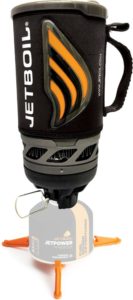
Quick Specs
Fuel Type: Canister
Fuel: Isobutane-propane
Average Boil Time (1L): 3 minutes 20 seconds
Dimensions: 7.1 x 4.1 inches
Weight: 13.1 ounces
MSR Pocket Rocket 2 Vs Jetboil Flash Stove System
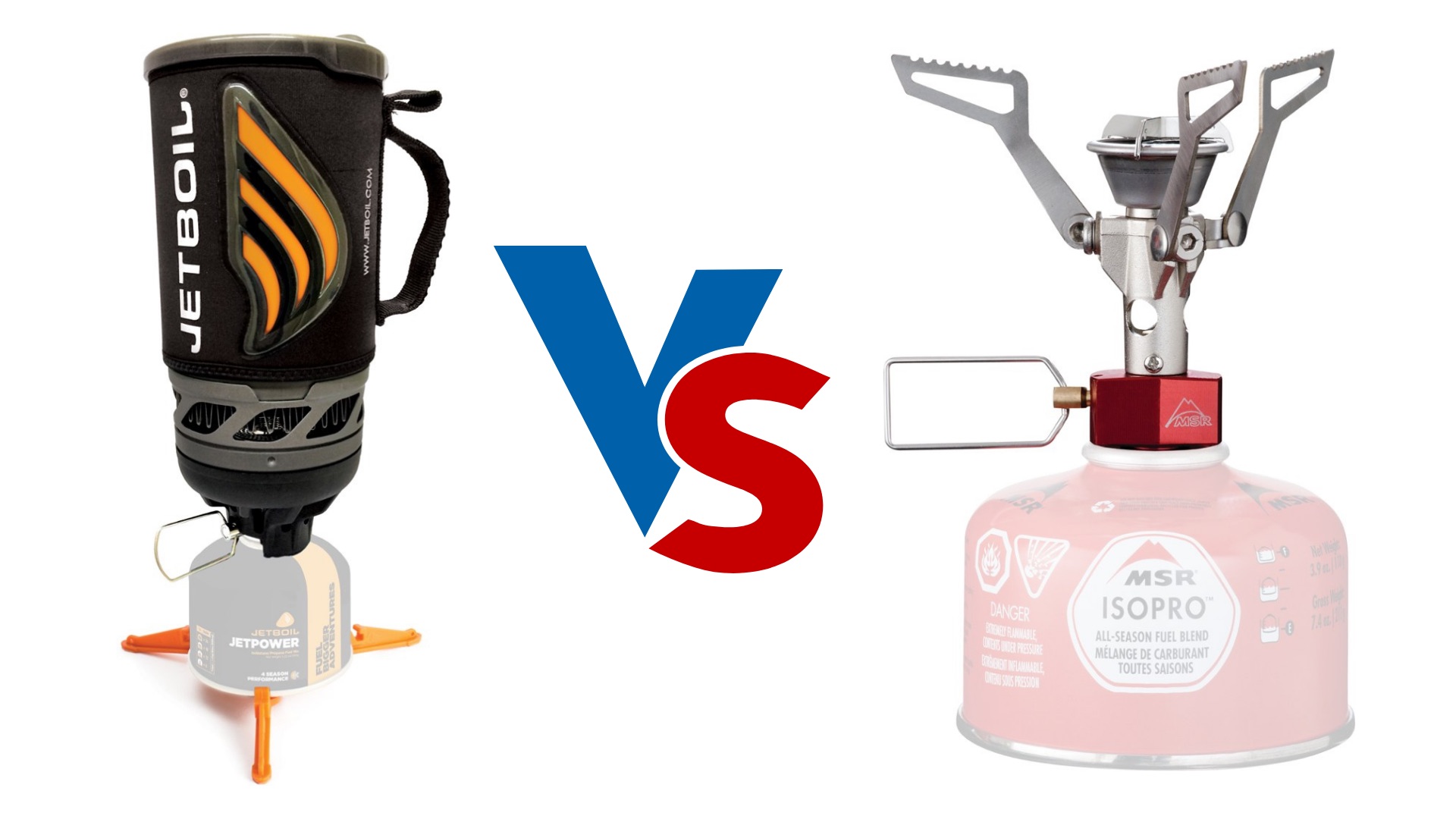
Both of these systems are fantastic but there are some primary pitfalls to take into consideration before choosing one over another. The Jetboil Flash System is integrated meaning that only Jetboil pots, pans and canisters work with the stove system. This can be challenging If you are looking for fuel or want to cook different types of food or for more people. If you’re cooking needs are usually the same and you don’t need any flexibility than the Jetboil is a solid option.
However, my needs are constantly changing depending on what trips I am going on. The MSR Pocket Rocket 2 is simple and allows me to use whatever type of cookware I might need for the job. The Pocket Rocket 2 is much cheaper than the Jet Boil stove and boils water almost as quickly. I hate the idea of having to constantly purchase Jetboil specific canisters and cookware when my needs change. For this reason I would recommend the Pocket Rocket 2 over the JetBoil Flash System.
Best Liquid Stoves for Hiking/Backpacking
MSR DragonFly Backpacking Stove
The MSR Dragonfly Stove is for the international backpacking gourmet. It has the most adjustable flame of any liquid burning fuel stove. It is much heavier than the Pocket Rocket stove weighing in at 14 ounces. It performs exceptionally well in all temperature conditions and has never let me down. The DragonFly was my first backpacking stove and it is still my go-to stove for hiking/fishing trips where I want to cook more intricate meals. The cooking platform can accommodate large cookware and the temperature can be adjusted perfectly for frying the perfect fish or eggs. The MSR DragonFly can accommodate many different types of fuel including White Gas, Diesel, Jet, Kerosene and Auto. If you are travelling internationally/remotely and are unsure of what fuel will be available the DragonFly has you covered.
Quick Specs
Fuel Type: Liquid
Fuel: White Gas, Kerosene, Jet, Diesel, Auto
Average Boil Time: 3min 3seconds (white gas)
Burn Time (Max Flame): 20 oz White Gas 2 hrs 6 minutes
Dimensions: 6.5 x 5 x 3.5 inches
Weight: 14 ounces (stove and pump only)
Best For: Those who want durability, simmer control, or are cooking for large groups
MSR WhisperLite Universal Backpacking Stove
The WhisperLite is MSR’s flagship backpacking stove and they have made some amazing improvements on the classic. Similar to the DragonFly it operates on a number of different liquid fuels but also includes an attachment to accommodate for canister gas!
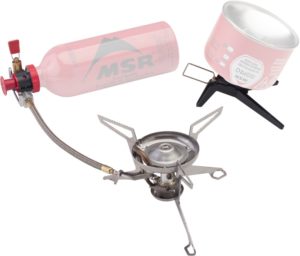
Quick Specs
Fuel Type: Liquid
Fuel: White Gas, Isobutane-Propane, Auto, Kerosene
Average Boil Time: 3min 30seconds (white gas), 3min 45 seconds (isobutane)
Burn Time (Max Flame): 20 oz White Gas 1hr 50 minutes – 8oz isobutane 1hr 15 minutes
Dimensions: 6 x 6 x 4.75 inches
Weight: 13.7 ounces (stove, pump and canister mount)
Best For: Those who want versatility and the ability to use different fuels
MSR WhisperLite vs MSR Dragonfly Stove
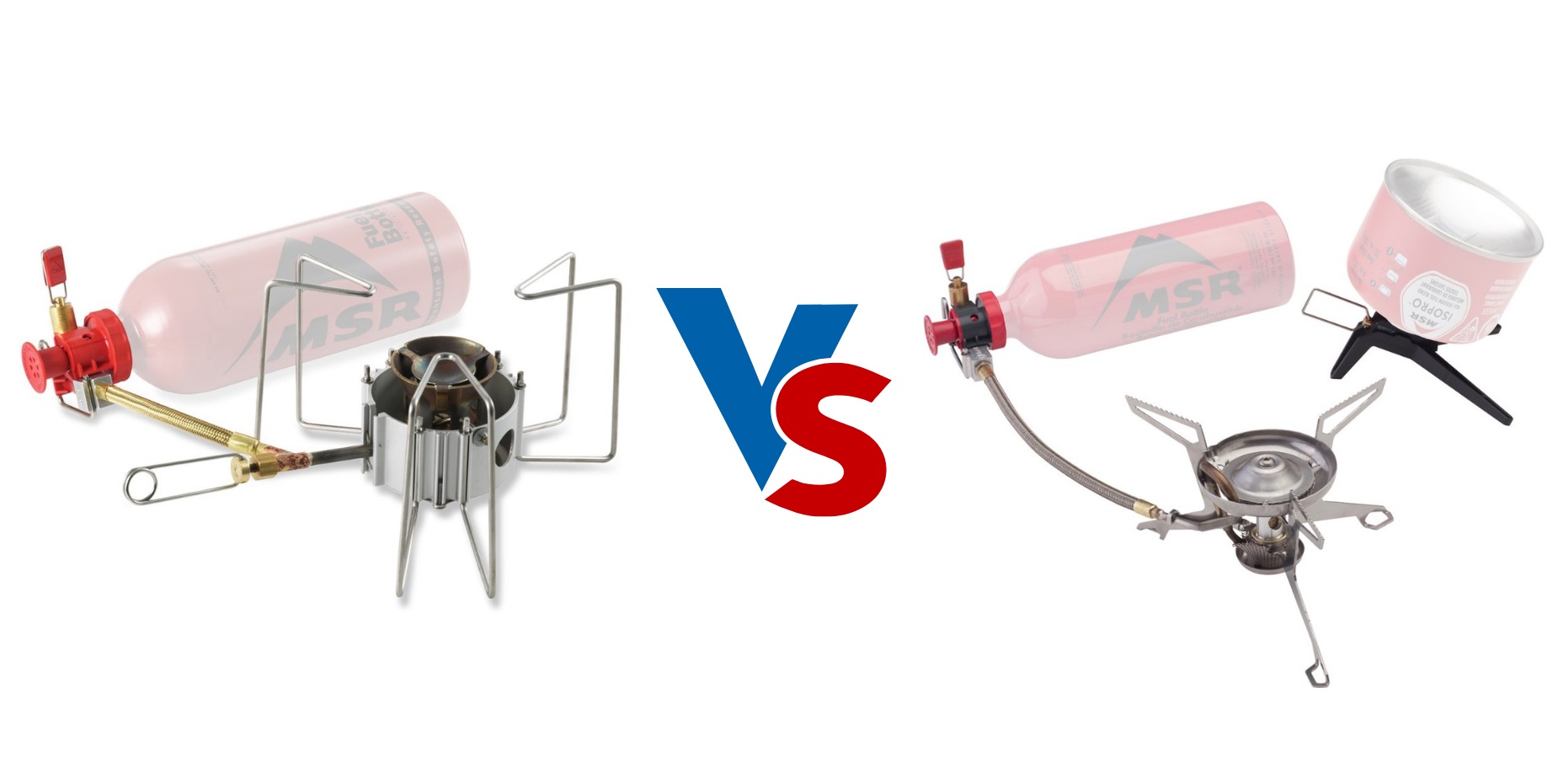
The WhisperLite and the DragonFly stove both work amazing at what they were made to do, cooking your food in the toughest of circumstances using whatever fuel is at your disposal. Fundamentally the stoves are very similar with only a few minor differences. The main advantage to the Whisperlite is that it allows you to use gas cannisters as well as liquid fuel. In my opinion, if you’re buying a liquid fuel stove, you probably wouldn’t want to use canisters unless you were in a pinch, but it’s nice to know it can accommodate for anything. The Dragonfly stove has an additional adjuster on the stove allowing for precision cooking and has a larger and more stable cooking platform which is great for larger pans and pots. The Dragonfly stove is more powerful than the Whisperlite but is much noisier. You can’t go wrong with either stove but I’d put my money towards the Dragonfly.
Don’t Forget Lightweight Cookware
If you are going to purchase a camping stove make sure you buy some high quality pots/cups. I used Woods Brand pots for a few years from Canadian tire but they were heavy, packed poorly, and I found they didn’t heat up my water or food fast enough. I switched to the MSR Quick 2 System Cookset and my mind was blown. Everything packs together perfectly, and the high quality materials kept my food warmer and actually helped improve the speed my stove was boiling water. The Quick 2 Cookset comes with 2 pots a 2.5 litre and a 1.5 litre. I typically only take the 1.5 litre pot with me when hiking as I never really need to boil more than 2 litres of water, but it is nice to have the option.
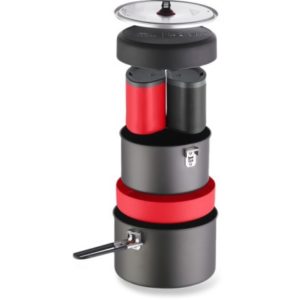
Now you know everything there is to know about backpacking stoves! I personally own both a MSR Pocket Rocket 2 and MSR Dragonfly Stove and love them both. No matter which stove you decide is best for you, one thing is certain, that hiking food is going to taste so damn good at the top of the mountain.
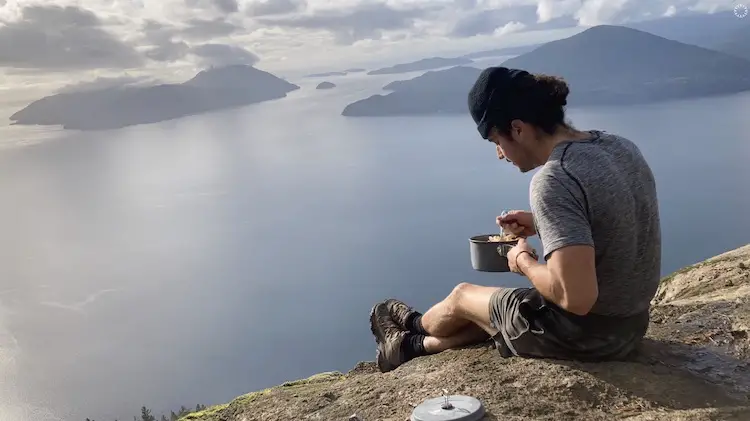
Happy Cooking!


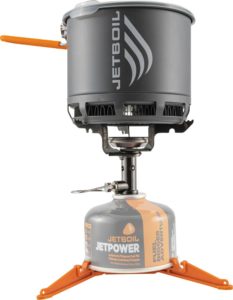
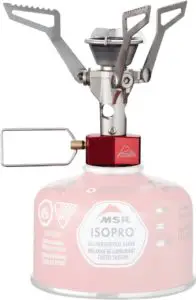
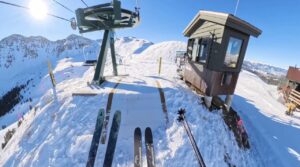




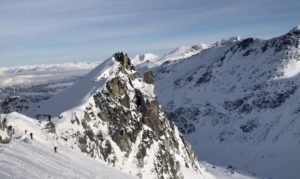
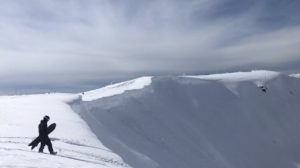
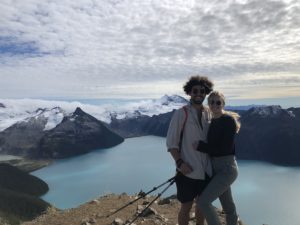

One Response